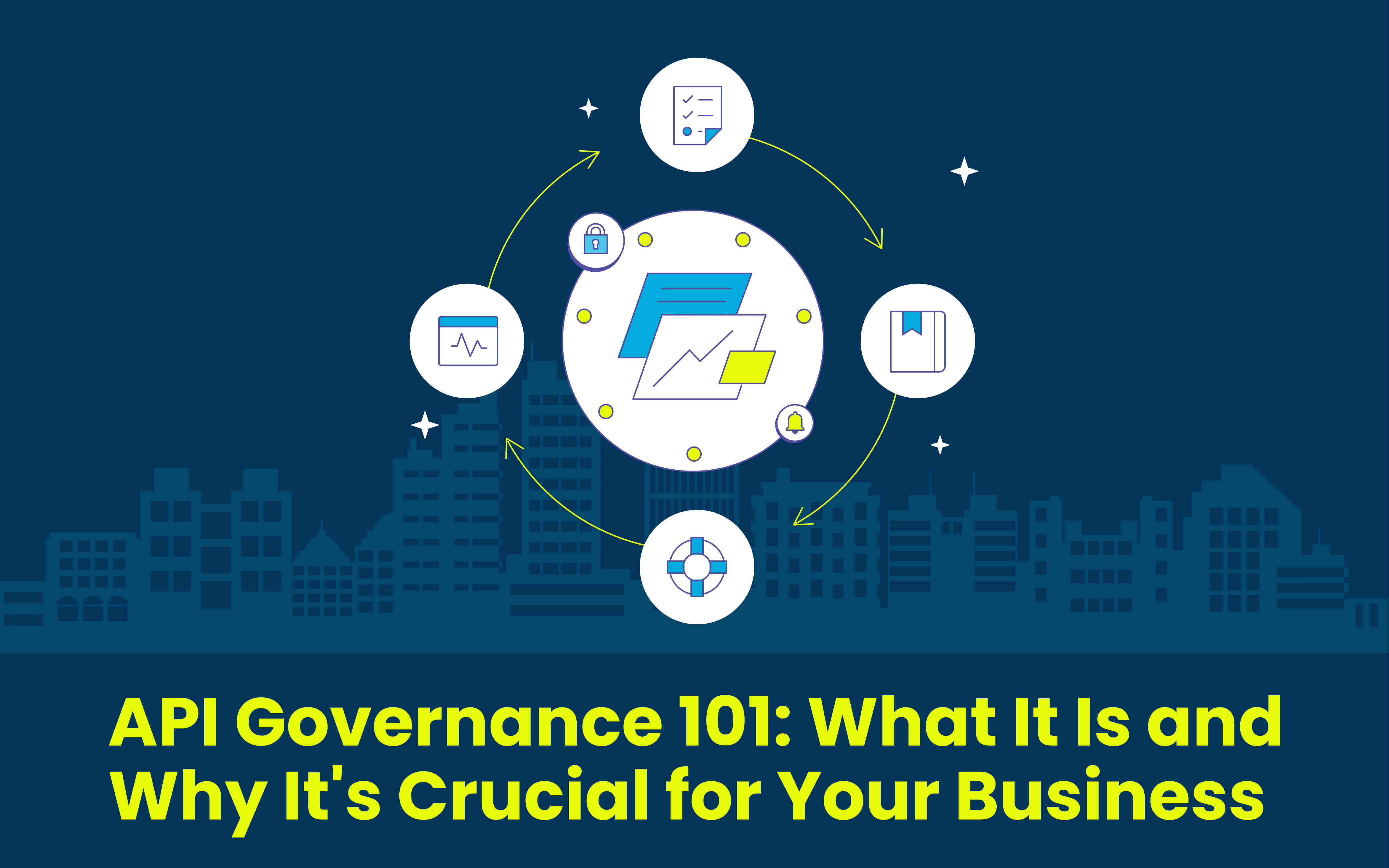Blogs
To know about all things Digitisation and Innovation read our blogs here.
Data Transformation
How to Design an Effective Data Transformation Strategy
SID Global Solutions
27 December 2022

Overview
Designing an effective data transformation strategy is essential for businesses to stay ahead of the competition in the digital age. With the rise of big data, companies need to be able to quickly and accurately process large amounts of data in order to gain insights and make decisions. Data transformation is a process of converting data from one format to another in order to make it more useful. It involves restructuring, cleaning, and aggregating data so that it is easier to analyze.
How to design a successful data Transformation Strategy in a few steps?
Creating a successful data transformation strategy involves a few key steps.
- First, organizations need to identify what type of data transformation activities will be required for their business objectives. This includes understanding the current data flow in the organization, the data sources, data formats, and the target data types. Once the needs are understood, the organization can create a data transformation plan that outlines the activities that need to be done, the resources required, and the timeline for the transformation.
- Second, organizations need to decide on the tools and technologies that will be used in the transformation process. This includes selecting the platform that will be used, the programming language, the storage system, and the data integration tools. It is important to select the right platform and tools that are suitable for the task, as they will determine the speed and accuracy of the transformation process.
- Third, organizations should develop a data quality and governance plan. The data quality plan should be designed to ensure that the data is accurate, complete, and up to date. This includes creating metrics to monitor the accuracy and completeness of the data. The governance plan should specify the roles and responsibilities of different stakeholders in the transformation process, such as data stewards and data analysts.
- Finally, organizations should consider how the data will be used after the transformation process is complete. This includes understanding the end-user requirements and designing the data models to meet those needs. Organizations should also consider the security measures that will be in place to protect the data from unauthorized access.
By following these steps, organizations can create an effective data transformation strategy that will allow them to quickly and accurately process large amounts of data and gain actionable insights. Additionally, by having a data quality and governance plan in place, organizations can ensure that their data is secure and up to date.









